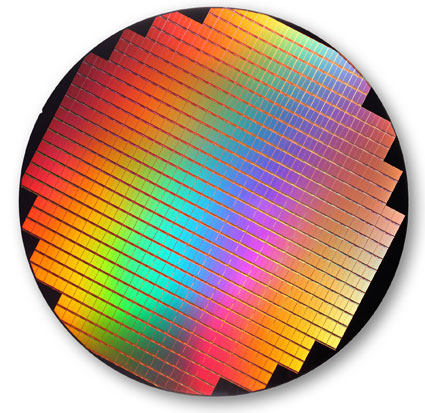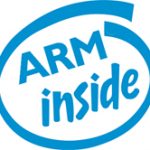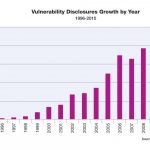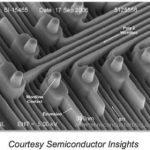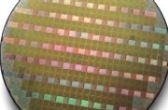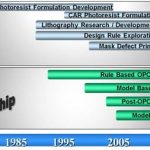Power has become the strongest driver of semiconductor design today, more important than area, more important than timing. Whether the device is handheld, like a wireless phone, or tethered, like a router, complex power and energy requirements must be met. Shrinking geometries continue to impose new challenges as power management… Read More
Tag: semiconductor
Thanks for the memory
One of the most demanding areas of layout design has always been memories. Whereas digital design often uses somewhat simplified design rules, memories have to be designed pushing every rule to the limit. Obviously even a tiny improvement in the size of a bit cell multiplies up into significant area savings when there are billions… Read More
Intel Buys an ARMy. Maybe
Is Intel in trouble? Since it is the #1 semiconductor company and, shipping 22nm in Q4 this year with 14nm in 2013, it is two process generations ahead of everyone else it is hard to see why it would be. Intel, of course, continues to dominate the market for chips for notebooks, desktops and servers. But therein lies the problem. Pads… Read More
Semiconductor Virtual Platform Models
Virtual platforms have been an area that has some powerful value propositions for both architectural analysis and for software development. But the fundamental weakness has been the modeling problem. People want fast and accurate models but this turns out to be a choice.
The first issue is that there is an unavoidable tradeoff… Read More
Semiconductor Industry Security Threat!
The IBM X-ForceTrend and Risk Report reveals how 2010 was a pivotal year for internet security as networks faced increasingly sophisticated attacks from malicious sources around the world. The X-Force reportedly monitors 13 billion real-time security events every day (150,000 events per second) and has seen an increase in … Read More
2011: A Semiconductor Odyssey!
Stanley Kubrick’s 2001: A Space Odyssey showed us a world where machine vision allowed a computer to watch and interact with its human colleagues. Yet after 40 years of incredible progress in semiconductor design, the technology to make computer-based image and video analysis a reality is still not practical.
While working with… Read More
AMD and GlobalFoundries / TI and UMC
There have been some significant foundry announcements recently that if collated will give you a glimpse into the future of the semiconductor industry. So let me do that for you here.
First the candid EETimes article about TI dumping Samsung as a foundry:
Taiwan’s UMC will take the ”lead role’’ in making the OMAP 5 device on… Read More
Who Needs a 3D Field Solver for IC Design?
Inroduction
In the early days we made paper plots of an IC layout then measured the width and length of interconnect segments with a ruler to add up all of the squares, then multiplied by the resistance per square. It was tedious, error prone and took way too much time, but we were rewarded with accurate parasitic values for our SPICE… Read More
Process Design Kits: PDKs, iPDKs, openPDKs
One of the first things that needs to be created when bringing up a new process is the Process Design Kit, or PDK. Years ago, back when I was running the custom IC business line at Cadence, we had a dominant position with the Virtuoso layout editor and so creating a PDK really meant creating a Virtuoso PDK, and it was a fairly straightforward… Read More
Evolution of Lithography Process Models, Part II
In part I of this series, we looked at the history of lithography process models, starting in 1976. Some technologies born in that era, like the Concorde and the space shuttle, came to the end of their roads. Others did indeed grow and develop, such as the technologies for mobile computing and home entertainment. And lithography … Read More



